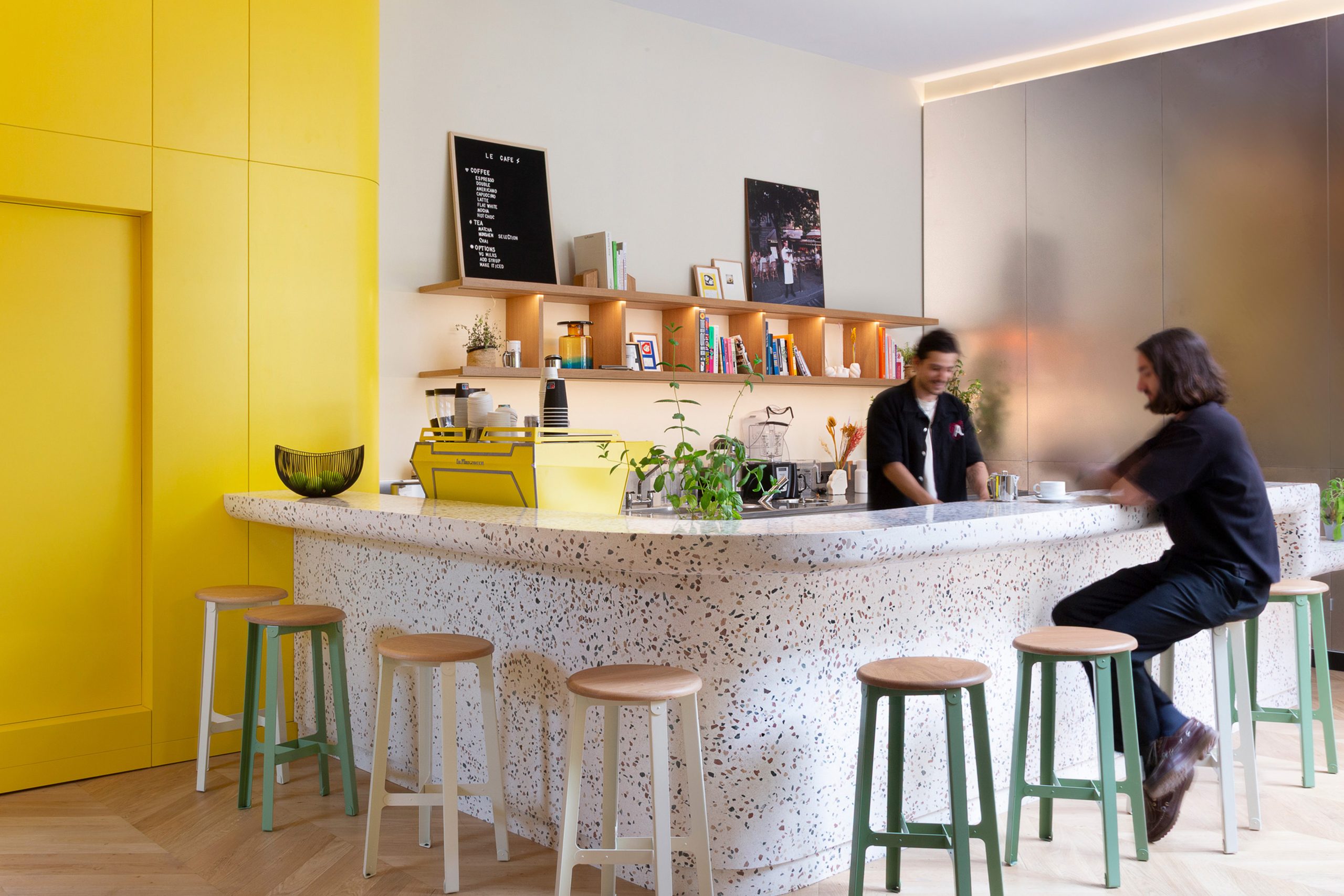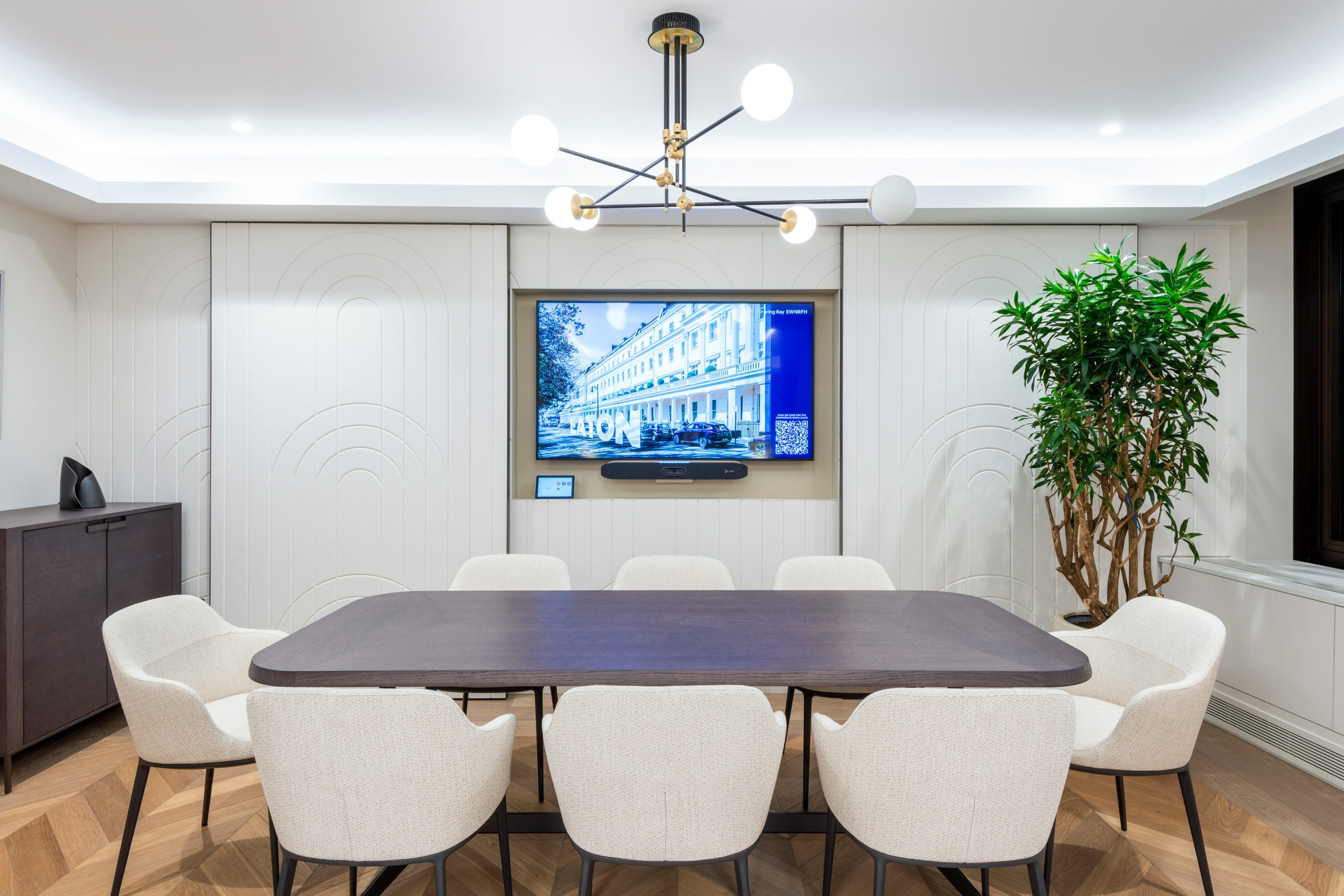Why De-Risking a Move Matters
Office moves carry weight, and for many organisations, relocating offices is a moment of ambition and renewal, a chance to reset culture, improve performance and step into a future-ready workplace. It is also marked by trepidation and is a significant logistical undertaking. It is a key moment in a business’s life which influences staff confidence, operational continuity, and first impressions of the new workplace, so it has to be done right – there aren’t 2nd chances.
Behind the excitement sits a complex operational journey with hundreds of interdependent decisions that can quickly become overwhelming. In sectors where continuity, professionalism and client service are non-negotiable, the margin for error is slim, and the pressure on internal teams can be significant.
This guide explores how integrated design-and-build teams de-risk office moves, reduce internal strain, and create a controlled, calm relocation experience. With more than two decades of delivering workplace transformations across London, K2 Space has refined a move management approach that absorbs uncertainty, protects timelines through a design-and-build methodology, and ensures a seamless transition from old space to new from start to finish.

The Importance of Continuity
In moving offices, continuity becomes critical. Most organisations cannot afford extended downtime. Trading desks, advisory teams, client service functions and other support departments all need to remain productive. Even a short disruption can have reputational implications, particularly in sectors such as law and financial services where responsiveness is central to client trust.
At the same time, staff experience shapes how people feel about the move itself. A controlled, clearly communicated relocation builds confidence and reinforces the message that leadership has planned thoroughly. A chaotic move can have the opposite effect, undermining the optimism that should accompany a new workplace and overshadowing the investment in design and fit out.
Accuracy underpins everything. Furniture, IT equipment, personal items, and confidential files all need to arrive at the right place, in the right order, and in the right condition. Health and safety must be maintained while work is being completed. Brand continuity matters too. The way a move is handled sends a strong signal about organisational capability. For many employees, the relocation is a lived expression of how the company manages change.

Early Involvement: Removing Uncertainty Before It Begins
The most effective way to de-risk a relocation is to start move planning early and weave it directly into the wider fit-out programme. When the move management team is working alongside the designers, project managers and furniture specialists from the outset, there are no handover gaps and no surprises.
Early involvement usually begins with a detailed understanding of both the existing and the new buildings. Routes are walked, lift capacities checked and loading bay constraints understood at the same time as the design is being developed. Landlord protocols and building rules are reviewed well before delivery dates are agreed so that programmes can be built on realistic assumptions rather than hopeful estimates.
This early work extends into the organisation’s operational fabric. Move managers will often sit down with departmental leaders to understand how teams work today and how they are expected to work in the new space. That understanding influences how the move is phased. Critical functions may transition over a weekend in a single move. Other departments may relocate in stages, so business continuity is always protected. By addressing building constraints during design development rather than at the end of the programme, the move was able to proceed without last-minute disruption or compromise.

Delivery Sequencing: Preventing Congestion and Protecting the Fit Out
Delivery sequencing is one of the most underestimated aspects of an office move. On paper, it is simply a matter of scheduling lorries, installers and contractors. In reality, it is a delicate choreography. If one vehicle runs late, one lift is occupied for too long, or one team arrives before their area is ready, the impact can ripple through the entire programme.
An office design-and-build partner minimises this risk by treating delivery sequencing as part of the same conversation as construction phasing and furniture installation. Fit out progress, furniture arrival dates and key move windows are aligned into a single integrated plan. Rather than having separate schedules loosely coordinated, the entire sequence is run as a single piece.
In practice, this means that furniture arrives in sync with installation phases, not days or weeks earlier. Temporary staging areas are identified so that items can be brought into the building and assembled without blocking core routes or cluttering finished spaces. Movement through the building is considered just as carefully as the positioning of walls and joinery. Floors are protected, walls are shielded and lift use is scheduled so core circulation remains safe and usable.
For instance, in a recent project for DTRE’s 11,000 sq ft Mayfair office, this kind of sequencing was essential. Specialist joinery, high-quality furniture, and AV integration all had to be delivered in a tight timeframe. By choreographing movements, the project team avoided congestion, protected newly completed finishes and maintained a calm environment even in the busiest final days.
Good sequencing does more than keep things efficient. It protects the visual and material quality of the new environment and signals to staff that the space has been handled with care.

Contractor Coordination: Eliminating the Last-Minute Scramble
Most office moves involve multiple specialist teams. IT and AV providers, furniture installers, removal companies, cleaners and sometimes security consultants all have a role to play. The risk rarely comes from any one party failing to turn up. It usually comes from misaligned expectations.
An integrated move manager simplifies this landscape by acting as a single point of coordination. Attendance times are not simply assumed. They are confirmed. Access instructions are issued in advance, tailored to the specific building and its security protocols. Health and safety requirements, from PPE expectations to fire escape routes, are briefed clearly so everyone understands the environment they are working in.
Scopes of work are reviewed before the move begins so that no critical task is left in a grey area between contractors. Where responsibilities overlap, they are clarified. Where dependencies exist, they are built into the sequence. In high-sensitivity environments such as Latham and Watkins, this also includes protocols for handling confidential material and managing access to secure areas.
The result is that the familiar scramble on moving day is avoided. There is no last-minute question about who is responsible for decommissioning AV, who reconnects desk power modules or who reinstates a piece of joinery. Everyone knows their role and internal teams are not left rushing to fill the gaps.
Warehousing and Storage: Adding Flexibility to the Programme
Office moves are rarely linear. Furniture may arrive early. Legacy items may need to be held while decisions are made about reuse, donation or recycling. Some areas of the new space may not be ready to receive everything at once. Without a flexible buffer, these variables can create clutter and block progress.
Dedicated warehousing solves this problem. As part of its furniture and FF&E service, K2 Space can receive deliveries into storage, check them, preassemble where appropriate and consolidate them into logical phases. Items arrive on site only when areas are ready, which keeps the environment clean and reduces the risk of damage.
During the transformation of a 1930s former bank into a London investment firm’s headquarters, this flexible approach was invaluable. Bespoke pieces, including feature tables and carefully detailed joinery, were produced off-site and held until the restored heritage setting could receive them. Installation then took place in a controlled, uncluttered space, respecting both the original architecture and the new design intent.
Warehousing also supports long-term strategies. Organisations may wish to retain certain items for future use, hold seasonal furniture or manage phased growth. Having a trusted partner responsible for storage and logistics removes another layer of complexity from internal teams and keeps the move itself focused and clear.

Protecting Staff Experience with a Well-Managed Move
A well-managed move places staff communication at its core. Rather than a single all-staff announcement, information is shared in a steady, structured way. People are told when their department will move, what their new environment will look like and what they need to do to prepare. Orientation materials explain how to access the building, where amenities are located and how new technology will work. For many projects, simple visuals or short videos are used to bring the new space to life ahead of time.
When people feel informed and supported, the move becomes a moment of shared progress instead of an unwelcome disruption.
Reducing the Mental Load
At its heart, de-risking an office move is about more than logistics. It is about absorbing the operational and emotional burden that would otherwise fall on internal teams. Facilities managers, HR leaders, IT heads and project sponsors already have demanding day jobs. Asking them to coordinate a complex relocation on top of that often leads to stretched capacity and late-night firefighting.
When design, build, furniture procurement and move management all sit with one accountable partner, the experience changes. There is a single source of truth for programmes, a single point of contact for contractors and a single team responsible for the overall result. Questions are answered quickly, decisions are joined up, and the move feels like a natural extension of the fit-out rather than a separate, stressful event.
For organisations focused on serving their own clients and stakeholders, that reduction in mental load is significant. It allows leadership teams to stay focused on strategy while specialists manage the details of the move.
How We Can Support and De-Risk Your Office Move
An integrated design-and-build partner like K2 Space ensures that the move is as carefully orchestrated as the workspace itself. With more than 20 years of delivering office transformations across London, our approach is grounded in experience. Early discussions with our team will help remove uncertainty before the move begins. With K2 Space, everything sits under a single team, a defined timeline, and a fixed budget, meaning you benefit from a process that is predictable and transparent.
In the end, a successful move is not simply about getting everything from A to B. It is about creating a calm, controlled transition that supports people, safeguards business continuity and honours the ambition behind the new workplace. Drawing on two decades of proven methodology, trusted supplier relationships and a deeply integrated design-and-build model, K2 Space ensures your relocation feels as professional, seamless and stress-free as the fit-out itself. For organisations planning a move, partnering with an experienced team is one of the most reliable ways to de-risk the journey and step confidently into a future-ready workspace.
